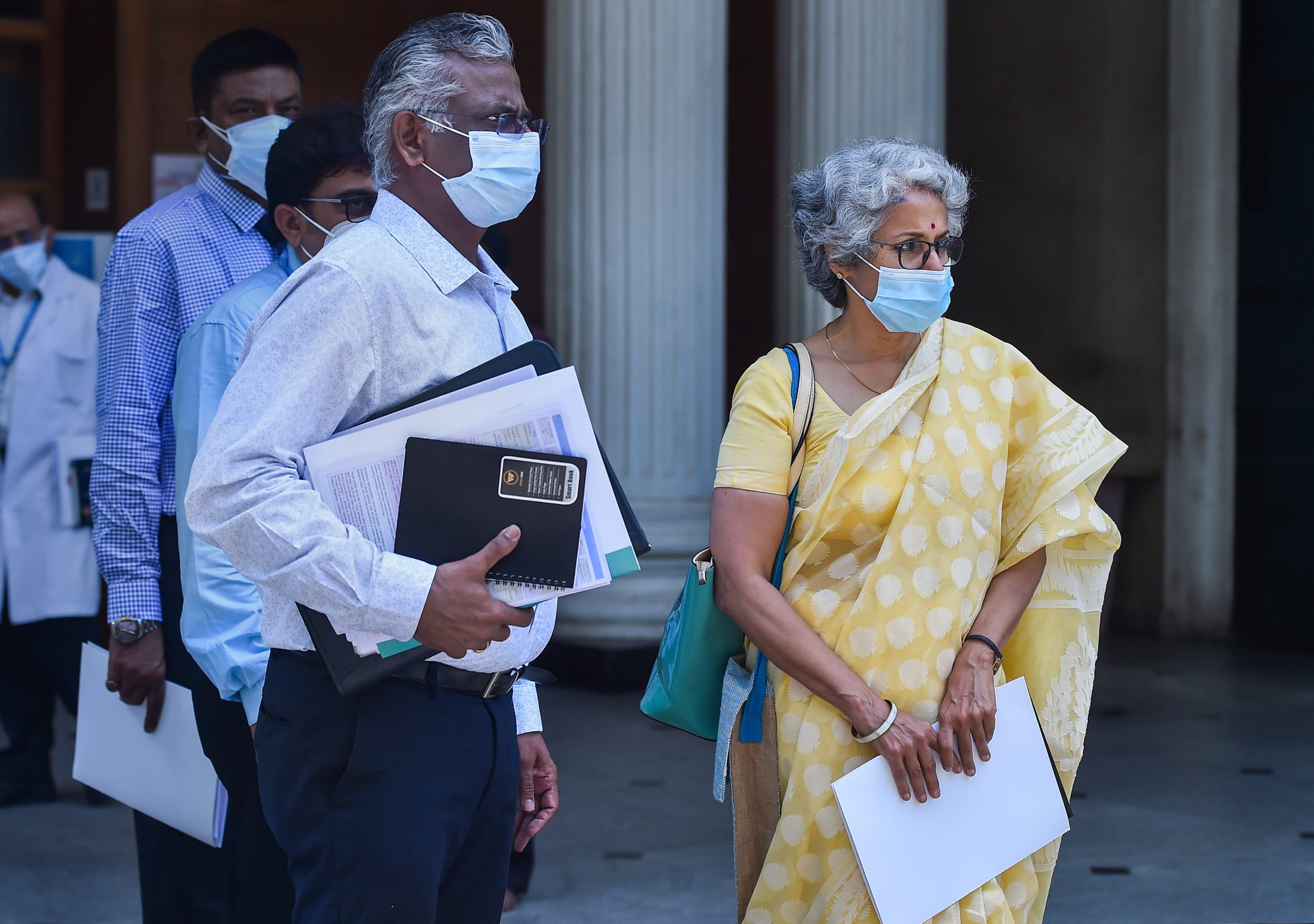With two years into the novel coronavirus pandemic, governments across the world are eager to put COVID-19 behind them. But for scientists and public health officials, some of the toughest work is yet to come to an end.
World Health Organisation (WHO) Chief Scientist Dr. Soumya Swaminathan in an interview with Bloomberg said that there is a long road ahead not only to determine the origins of the coronavirus outbreak, but also to educate people about public health and garner international support for the WHO.
Also read: Convoy protests over anti-vaccine continue in Canada’s Ottawa: What we know so far
In an interview, Dr. Swaminathan said, “It was very disappointing to see the attack on scientists and science. And it got stronger over the course of the pandemic and it has a potential to do a lot of damage. We really need to work with young people to improve scientific literacy, health literacy, and get them to think more rationally to question information they see.”
Reacting to a question if WHO ruled out the theory that the coronavirus leaked from the Wuhan Institute of Virology in China, Dr. Swaminathan said, “Nothing has been ruled out. One needs to look at the weight of the evidence, and the scientists who went to China felt that the most likely scenario was that it came from an animal. Whether it’s a wild animal, a domesticated wild animal, or a domestic animal — a bird or a bat — that we still don’t know. We need to examine all the data and do more studies in the field in China.”
Also read: UK all set to remove COVID testing requirements for fully vaccinated travellers from today
“Almost all viral infections that newly emerge have been zoonotic infections. From HIV, the Zika virus, Ebola, SARS and MERS, the other two major coronaviruses that have infected humans. They emerge from an animal and then sometimes through an intermediate host. In this case, the genetic sequences still point toward an origin, perhaps from bats. What we haven’t got is the exact how, when and where did that jump happen from animals to humans. That’s important to understand in order to prevent future pandemics,” Bloomberg quoted Dr. Swaminathan as saying.
Also read: Novavax says its protein-based COVID vaccine works for kids as young as 12
“It’s not that odd because even in the past, it’s taken years to understand the origin of viruses. It took several years to know that SARS came from civet cats and MERS was spread from camels. And for HIV, it took a long time to understand that it came from chimpanzees,” she added.
Meanwhile, India on Friday saw a single day rise of 58,077 coronavirus infections, which took the tally of cases to 4,25,36,137, while the active cases have declined to 6,97,802, according to Union health ministry data.
Also read: US buys 600K doses of new COVID antibody drug awaiting clearance
The daily COVID-19 cases are being recorded at less than one lakh for the last five consecutive days.
The death toll has climbed to 5,07,177 with 657 daily fatalities, the data updated at 8 am stated.







